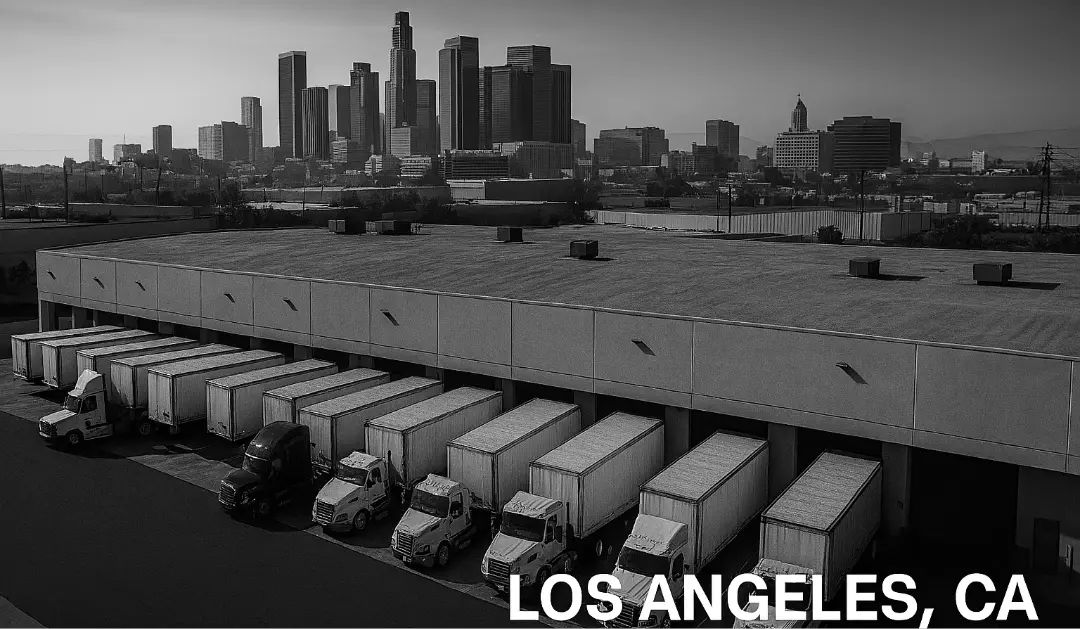Introduction
In warehousing and logistics, efficiency is the name of the game. The warehouse picking cart is a critical tool that has revolutionized order fulfillment processes. These versatile mobile workstations are designed to enhance the speed and accuracy of picking and packing operations, making them a must-have in modern warehouses, distribution centers, and eCommerce facilities.
This comprehensive guide will explore the world of warehouse picking carts, examining their features and benefits and explaining how they can supercharge your order fulfillment processes.
What Are Warehouse Picking Carts?
Definition of Warehouse Picking Carts
Warehouse picking carts, also known as order picking carts or order fulfillment carts, are specialized mobile carts designed to facilitate the picking and packing of items for customer orders. They are a pivotal component in the order fulfillment process, serving as a mobile workspace that enables workers to gather, organize, and prepare items for shipment efficiently.
Key Features of Warehouse Picking Carts
Warehouse picking carts boast a range of features that enhance their functionality and suitability for the rigors of the warehousing environment:
1. Mobility: Mounted on sturdy wheels, these carts are easily maneuverable. They allow workers to navigate warehouse aisles swiftly and access different storage locations without frequent trips back to a stationary workstation.
2. Storage and Organization: Picking carts have multiple shelves, compartments, bins, or trays to accommodate various product sizes and shapes. These storage solutions ensure that items are organized and easily accessible during picking.
3. Ergonomic Design: Ergonomics play a pivotal role in picking carts. Height-adjustable shelves and work surfaces ensure that items are within easy reach, reducing worker strain. Ergonomically designed handles and grips also contribute to worker comfort.
4. Customization: Picking carts are often customizable to meet the specific needs of the warehouse. This may involve adjustable shelving, dividers, or trays to accommodate different types of products and picking strategies.
5. Technology Integration: Modern picking carts are technology-friendly, featuring mounts or holders for handheld barcode scanners, tablets, or computers. This integration enables real-time tracking and order status updates, enhancing efficiency and accuracy.
6. Batch Picking: Some picking carts are tailored for batch picking, where workers simultaneously pick items for multiple orders. These carts may include separate compartments for each order or a centralized area for shared objects.
7. Sorting and Organization: Picking carts may incorporate sorting and organization features to streamline order fulfillment. These include color-coded bins, shelves, or compartments that help workers differentiate between orders or prioritize specific products.
8. Compact Design: Picking carts are designed to be compact and maneuverable, making them ideal for navigating narrow warehouse aisles and tight spaces. This space-saving design optimizes the utilization of available storage space.
9. Durability: Given the demanding nature of warehouse environments, picking carts are typically constructed from durable materials such as steel or heavy-duty plastics. They are built to withstand daily use and resist wear and tear.
10. Safety Features: Safety is paramount in the warehouse. Many picking carts have safety features like brakes or locking mechanisms to prevent accidental movement when stationary. Reflective elements enhance visibility in bustling warehouse settings.

How Warehouse Picking Carts Work
Warehouse picking carts are integral to the order fulfillment process, and their operation involves several key steps:
1. Data Entry: Warehouse workers receive picking orders and item details electronically or on printed picking lists.
2. Picking Items: With this information, workers use the picking cart to navigate the warehouse aisles. They locate and pick the required items, placing them in the designated storage compartments on the cart.
3. Organization: As items are picked, workers use the cart’s storage features to organize products by order or category, ensuring efficient packing and minimizing errors.
4. Technology Integration: Picking carts may incorporate technology such as barcode scanners or tablets. Workers use these devices to scan items, update order statuses, and confirm real-time picks.
5. Batch Picking: In facilities that employ batch-picking strategies, workers use the cart’s compartments to segregate items for multiple orders while ensuring accurate organization.
6. Packaging: After all items for an order are picked and organized, workers use the cart’s workspace to prepare packages for shipment. This may involve adding packing materials, sealing boxes, and attaching shipping labels.
7. Proof of Delivery: Some picking carts include areas for recording proof of delivery, such as obtaining recipient signatures or electronic confirmations.

Why Warehouse Picking Carts Matter
Warehouse picking carts offer a multitude of advantages, making them indispensable tools for modern warehousing and logistics:
1. Enhanced Efficiency: Picking carts streamline the picking and packing process, reducing the time required to fulfill customer orders. Workers can efficiently navigate the warehouse, minimizing unnecessary movements.
2. Improved Accuracy: The organization and labeling features of picking carts reduce the risk of errors during picking and packing. Items are stored orderly, reducing the likelihood of shipping the wrong products.
3. Worker Comfort: Ergonomically designed picking carts prioritize worker comfort and safety. Adjustable work surfaces and handles minimize physical strain, contributing to a more comfortable and productive working environment.
4. Real-Time Tracking: Integration with technology allows for real-time tracking and order status updates. This transparency enhances visibility into the order fulfillment process.
5. Space Optimization: Compact design ensures that picking carts can access even tight spaces in the warehouse. This helps maximize the utilization of available storage areas.
6. Customization: Warehouse picking carts can be tailored to the unique needs of different warehouses and industries, accommodating various product types and picking strategies.
Conclusion
In eCommerce and logistics, where speed, accuracy, and efficiency are paramount, warehouse picking carts are unsung heroes that significantly contribute to order fulfillment success. Their mobility, organization features, and integration capabilities make them invaluable assets in modern warehouses and distribution centers. By streamlining the picking and packing process, these carts ensure customer orders are accurately picked, packed, and shipped promptly.




